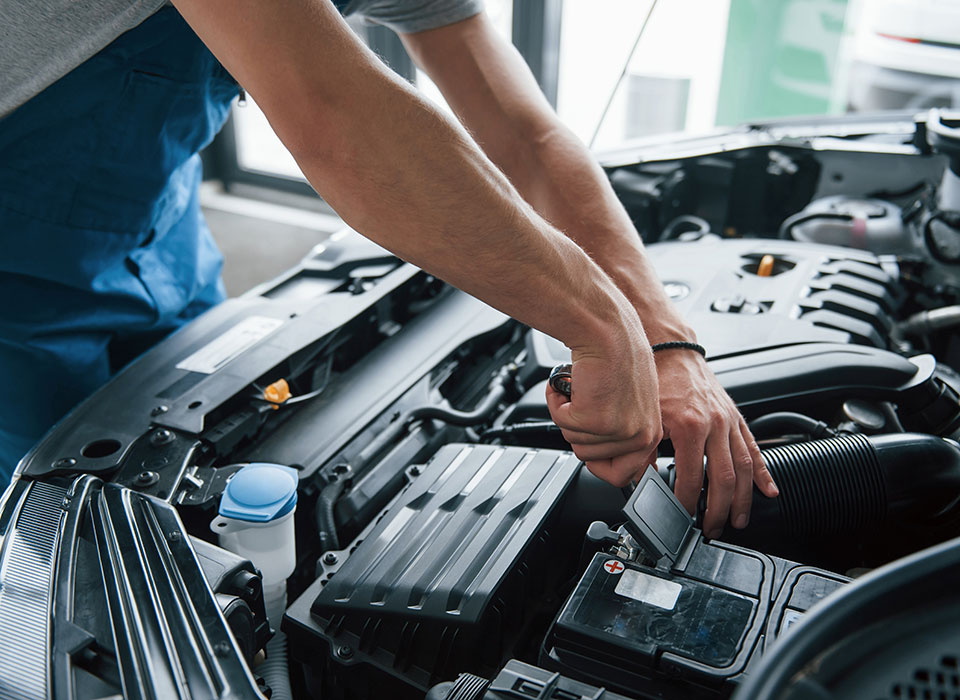Battery Safety Tips for Extreme Weather Conditions
Extreme weather conditions can take a toll on your vehicle’s battery, leading to potential safety hazards and performance issues. Whether you’re facing scorching heat or freezing temperatures, it’s crucial to take proactive measures to ensure the safety and longevity of your battery. In this comprehensive guide, we’ll explore essential battery safety tips to help you navigate extreme weather conditions with confidence.
1. Keep Your Battery Cool
High temperatures can accelerate battery degradation and shorten its lifespan. Park your vehicle in shaded areas or garages to minimize exposure to direct sunlight, especially during hot summer months. Additionally, consider using battery insulation kits or covers to protect the battery from excessive heat.
2. Prevent Overcharging
Extreme heat can lead to increased evaporation of electrolyte fluid in the battery, resulting in overcharging and potential damage. Avoid overcharging your battery by using a smart charger with automatic shut-off features or investing in a trickle charger to maintain optimal charge levels without overcharging.
3. Check Fluid Levels Regularly
In hot weather, monitor the electrolyte fluid levels in your battery regularly. Low fluid levels can lead to reduced battery performance and potential damage. If your battery has removable caps, carefully inspect and top off the fluid levels with distilled water as needed to ensure proper electrolyte levels.
4. Insulate Your Battery in Cold Weather
Freezing temperatures can cause the electrolyte fluid in your battery to freeze, leading to reduced electrical conductivity and potential damage. Insulate your battery with a battery blanket or thermal wrap to retain heat and prevent freezing, especially in regions with harsh winter conditions.
5. Keep Terminals Clean and Corrosion-Free
Corrosion buildup on battery terminals can hinder electrical conductivity and lead to poor battery performance. Regularly inspect the terminals for any signs of corrosion and clean them using a mixture of baking soda and water. Ensure the terminals are tight and secure after cleaning to prevent electrical resistance.
6. Install a Battery Heat Shield
In regions with extreme heat, consider installing a battery heat shield to protect the battery from direct sunlight and high temperatures. Battery heat shields provide an additional layer of insulation and help maintain optimal operating temperatures, prolonging the battery’s lifespan and performance.
7. Avoid Jump-Starting in Extreme Cold
Jump-starting a vehicle in extreme cold temperatures can put additional strain on the battery and electrical system. Whenever possible, avoid jump-starting your vehicle in freezing conditions and opt for alternative methods such as using a portable battery booster or trickle charger to safely start the engine.
8. Test Battery Voltage Regularly
Extreme weather conditions can affect battery voltage and performance. Regularly test your battery voltage using a multimeter to ensure it remains within the recommended range. If the voltage is significantly lower than normal, it may indicate a weak or failing battery that requires attention.
9. Use a Battery Insulator Pad
Place a battery insulator pad or mat underneath your battery to provide additional protection from extreme temperatures and prevent heat transfer from the engine compartment. Insulator pads help maintain consistent temperatures and prolong the lifespan of your battery, especially in hot weather conditions.
10. Store Spare Batteries Properly
If you have spare batteries for backup or emergency purposes, store them in a cool, dry place away from direct sunlight and extreme temperatures. Proper storage helps preserve the integrity and performance of spare batteries, ensuring they’re ready for use when needed.
Conclusion:
By following these battery safety tips, you can protect your vehicle’s battery from the adverse effects of extreme weather conditions and ensure reliable performance throughout the year. Prioritize battery maintenance and care to prolong its lifespan and avoid potential safety hazards associated with battery failure in extreme weather.




